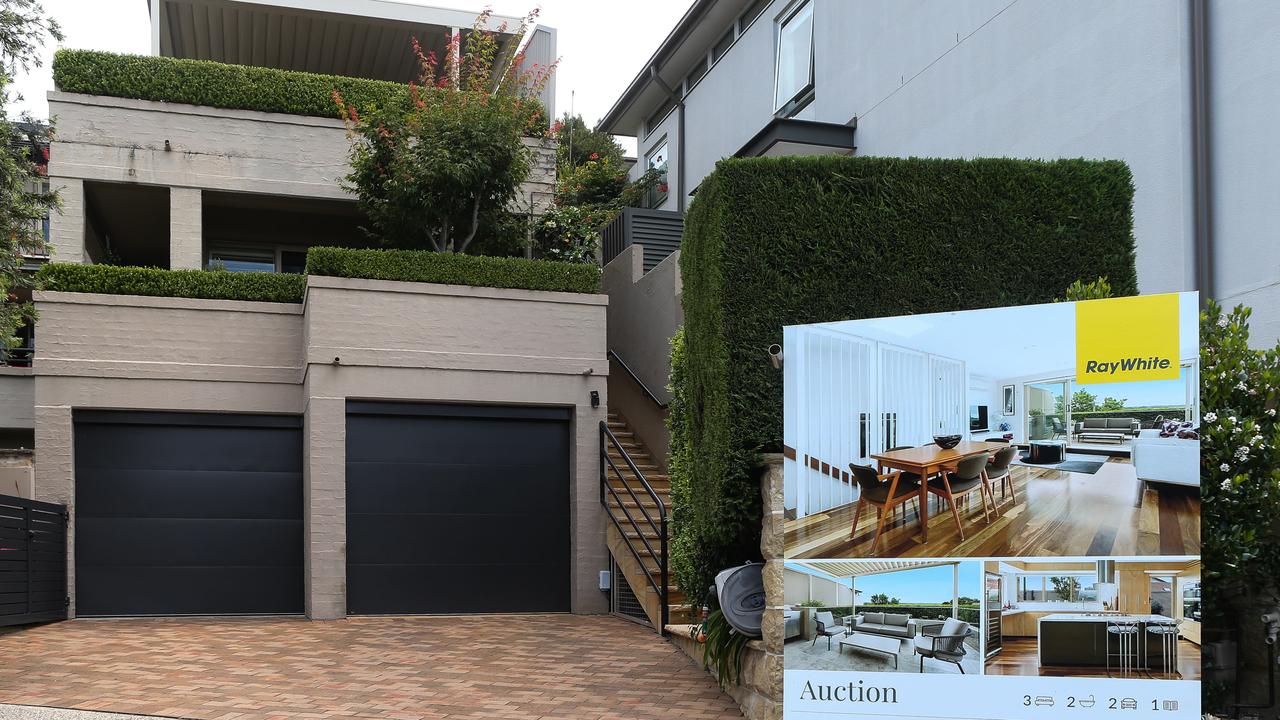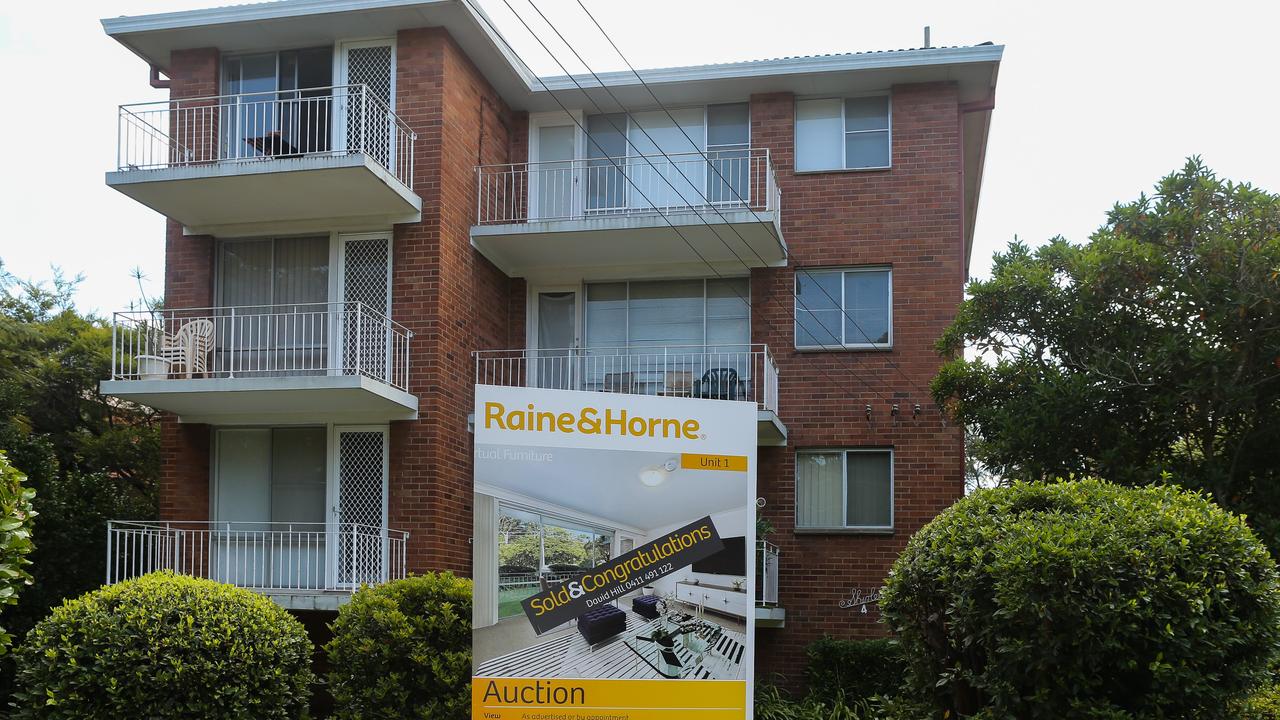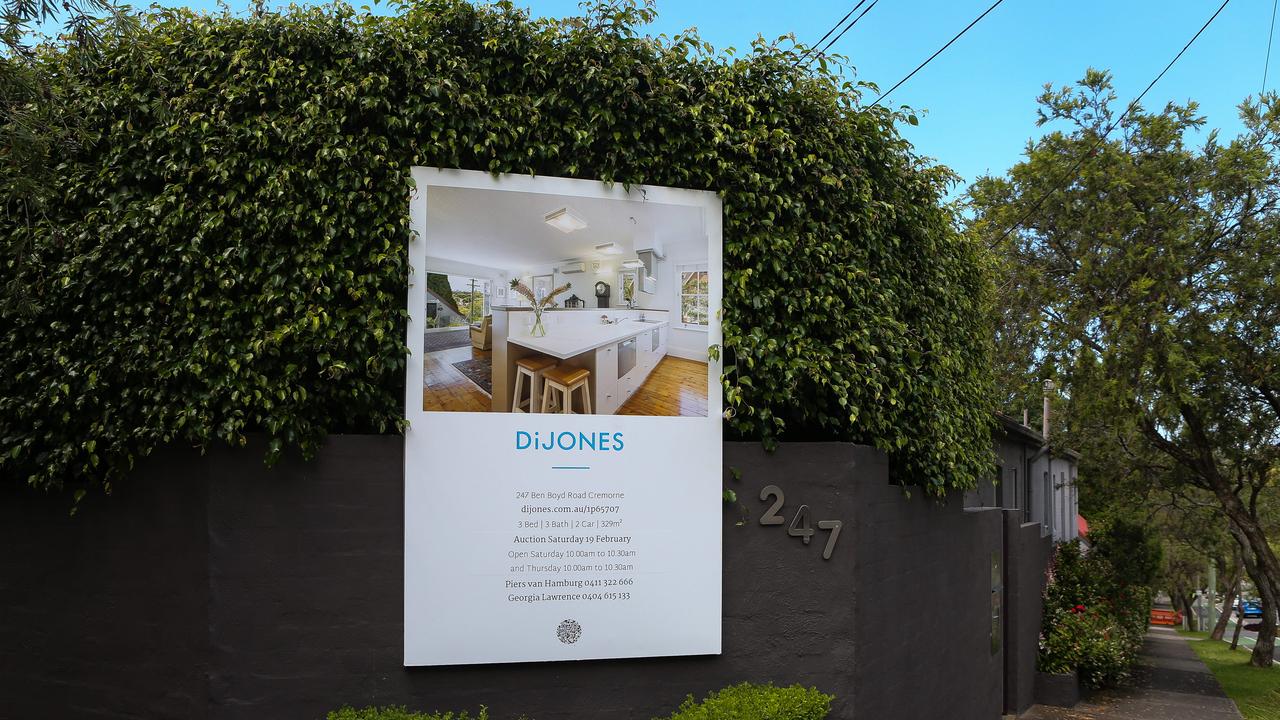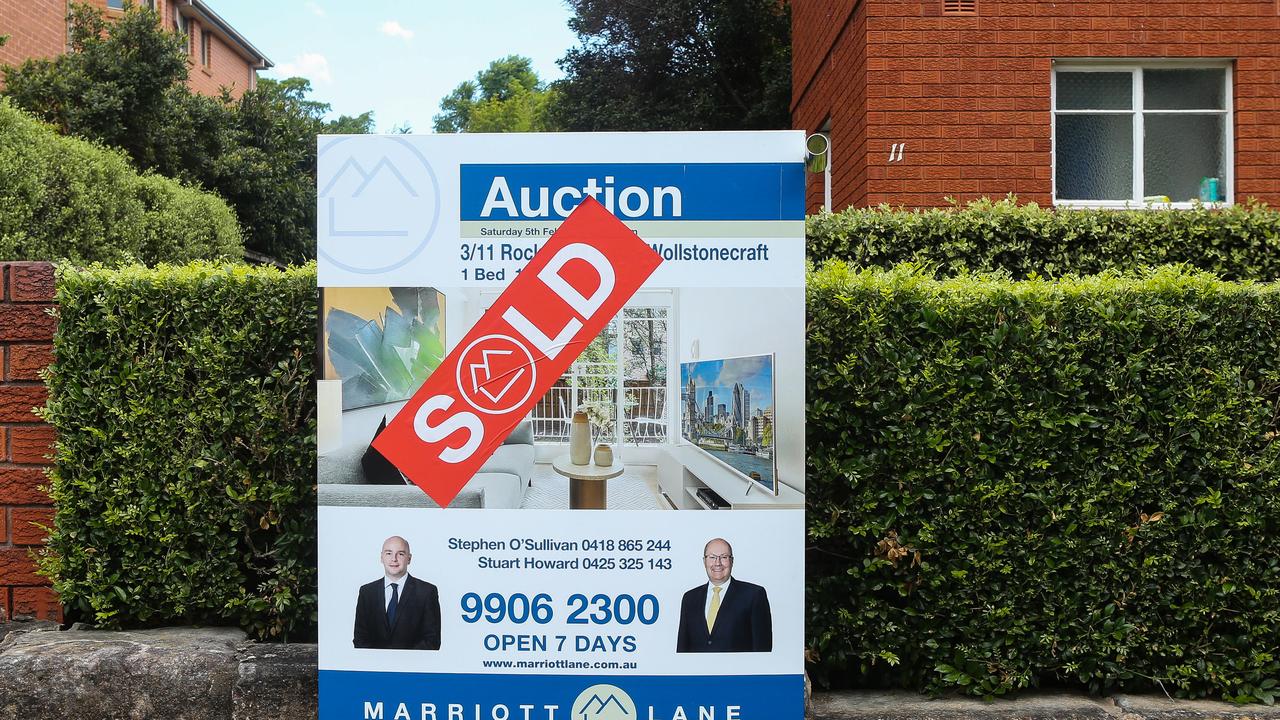Why Australian house prices could fall
It’s good news for first home buyers with skyrocketing house prices finally coming to an end, but there could be pain ahead for mortgage holders.

Australia’s red hot property market, which has seen prices skyrocketing during the pandemic, has finally come crashing down.
Australian home prices rose by just 0.3 per cent in March and even fell in places like Melbourne, according to new research from REA Group’s data business PropTrack.
Perth prices also slumped, falling by 0.1 per cent, while Darwin’s house values dropped by 0.6 per cent.
Momentum in Australia’s property market has really slowed in 2022 with the fear of rising interest rates plaguing it, according to PropTrack economist Paul Ryan.
“Those boom conditions seem like they have passed. While housing prices are still going up, it’s at a slower rate and whether prices increase or fall significantly is a question around interest rates and when and how quickly the RBA will increase rates,” he told news.com.au.

Ready to buy your next home? Read Compare Money's guide to buying a home at auction >
But he said interest rates are already playing into a drop in housing prices.
“I think part of that is prices have caught up to the reduction in borrowing and we have already seen interest rates start to drift higher, especially with fixed rates, and we are already anticipating borrowing costs increasing when the RBA potentially increases rates later this year,” he explained.
The marginal increase in prices across the country in March was the slowest pace since May 2020, after national pandemic lockdowns.
Momentum in Sydney has been slowing for several months, the report noted, with annual price growth now at the slowest pace since March 2021.
Sydney’s slowdown may be partly due to stretched affordability with the median house in the city estimated to now be worth over $1.2 million, noted Ryan.

Perth continues to be the weakest state across the country, with prices growing less than
8 per cent over the past year, while in March prices fell slightly with unit prices in particular continuing to fall across the city.
Home prices were flat in Melbourne, with price growth slowing considerably since mid-2021.
“I think price growth is likely to continue to slow and I think their may be some falls across the country, for example we saw housing prices fall in Melbourne in March and it’s the first fall we have seen in Melbourne this year,” Ryan said.
“We are likely to continue to see weakness in the property market as we see price falls in Western Australia and the NT already and those places are likely to continue to be weak, but overall it comes down to when and how quickly interest rates are going to increase.”
Property prices will not be as strong this year though, particularly given the extraordinary highs they reached in the last two years, Ryan said.

However, he predicted that the RBA would take a cautious approach to interest rates rises despite some expert forecasting a series of increases in quick succession.
“An interest rate increase will be the first that more than a million borrowers have ever seen and I think the RBA will gauge the economic impact and impact on housing prices before continuing to increase rates,” he said.
But property prices didn't slump everywhere with regional areas continuing to benefit from affordability and a shifts towards lifestyle locations.
In all states, regional areas outperformed capital cities when it came to house prices.
The area that recorded the biggest growth in house prices was regional South Australia with a 1 per cent rise in March.






